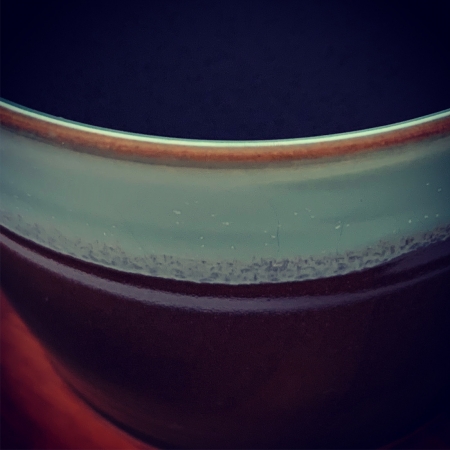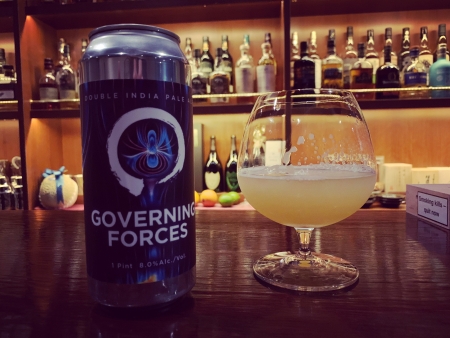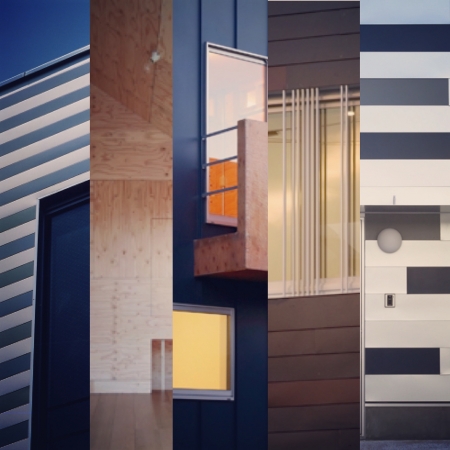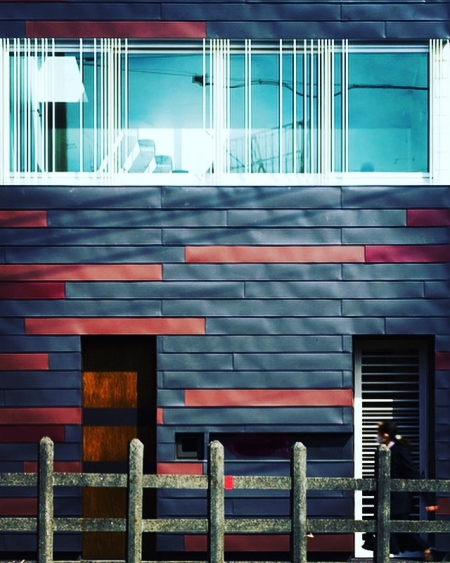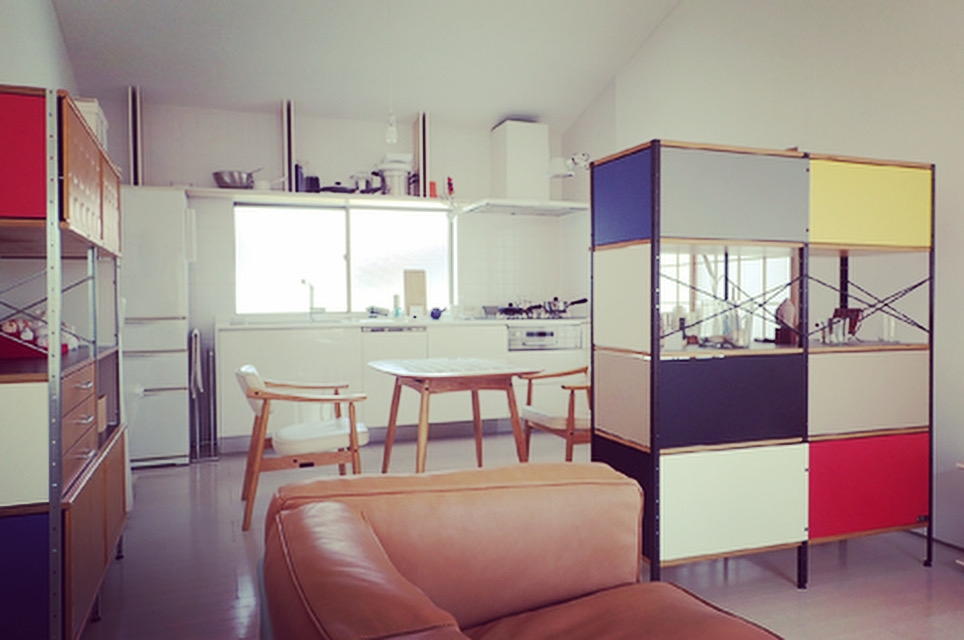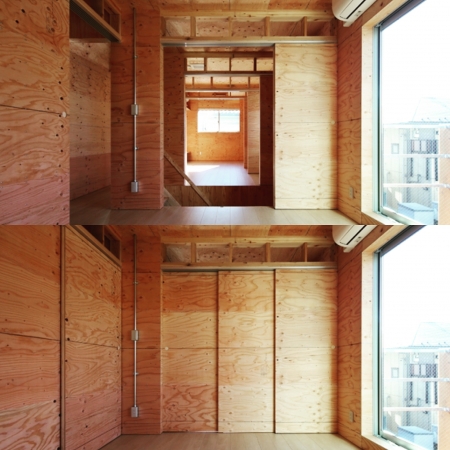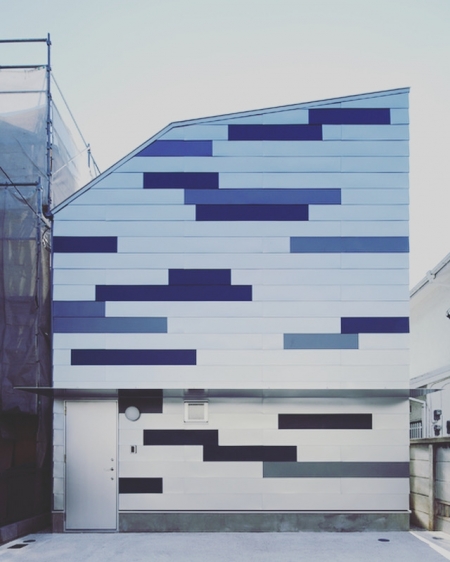二次的な装飾
装飾が装飾のまま現れる姿が一番わかりやすく、その見え方が装飾の価値を決めるのだろうが、建築の場合、装飾が装飾のまま現れると違和感があり、それは建築において装飾を排除したモダニズムが今でも根底にあるからだろう、いや、勝手にそう思い込んでいるだけかもしれないが、刷り込まれているだけかもしれないが。
ただ、そこで違和感がない装飾の仕方を見つけてみようとすると、装飾の見せ方も一次的な装飾そのものではなくて、二次的な装飾、それは一次の何か、形態なのか、何なのかの、そのもの同士の重なりの中に生まれる装飾、そこに確かに形態としての装飾はあるが、その装飾の受取り様は受け手によって皆違う、例えば、一次は普通によく見るモダニズムのデザインだが、その重なりが、制御可能ではあるけれども予測不可能な状態で存在する、それは重なりの境界を曖昧にすることかもしれないが、装飾と呼べてしまう状態をつくり出していれば、モダニズムのデザインに慣れ親しんだ者でも受け入れやすく、またそれは何か新しい装飾を纏わり付かせているようにも考えられるし、それは新しい見え方にもつながる。
"Secondary decoration"
The appearance of decorations as decorations is the easiest to understand, and how they look will determine the value of decorations, but in the case of architecture, if decorations appear as decorations, there is a sense of incongruity, which is a modernism that eliminated decorations in architecture Maybe it's still at the root, no, maybe it's just a self-assured thought, but maybe it's just imprinted.
However, if you try to find a way of decorating that does not make you feel uncomfortable, the way of showing the decoration is not the primary decoration itself, but the secondary decoration, which is something primary, form, or what. The decoration that is born in the overlap of the objects themselves, there is certainly a decoration as a form, but the way of receiving the decoration differs depending on the recipient, for example, the primary is a commonly seen modernist design, but the overlap is Exist in a controllable but unpredictable state, which may blur the boundaries of overlap, but create a state that can be called decoration, even if you are familiar with modernist design It's easy, and it also seems to have some new decorations around it, which leads to a new look.

